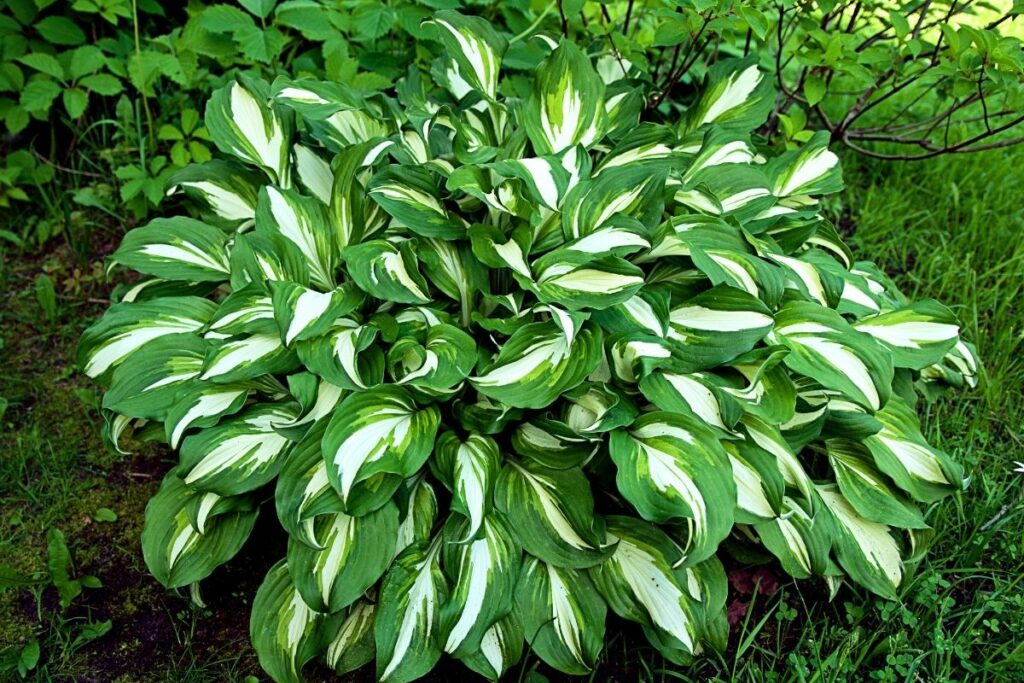Are Hostas Good Indoor Plants? A Simple Guide to Growing Them Inside

Every time someone asks, “Are hostas good indoor plants?” my answer is a gleeful—but emphatic—“Not if you want things easy.” There’s a reason you rarely see hostas perched on Instagram-worthy window sills: they’re the introverts of the plant world, secretly yearning for their outdoor forest floor and never quite adjusting to the glitzy expectation of thriving inside our temperature-controlled living rooms.

But let’s get real: what if all those Pinterest boards are wrong? Maybe we shouldn’t be treating hostas like pothos or philodendron wannabes. Let me take you behind the curtain and show you why challenging the “hostas make great houseplants” narrative might just save your sanity—and help your plants survive.
My Indoor Hosta Fiasco (and Why I’m Glad I Failed First)
I fell for hostas on a misty September morning at a neighborhood plant swap. A well-meaning neighbor handed me a ‘June’ variety—those blue-green heart-shaped leaves rimmed in gold!—insisting, “It’ll do fine under your window.” Within six weeks, my hosta looked more like wilted spinach than woodland royalty: leaves yellowing, tips browning, stems flopping like overcooked noodles.
Here's what most advice glosses over: indoors, you can’t fake a forest microclimate. My apartment is dry as toast in winter (thanks, radiator), and by November it felt like I was running a rehab clinic for haggard greenery.
The Contrarian Truth: Hostas Don’t Want to Be Houseplants
Let’s throw out the notion that any shade-loving perennial can handle indoor life with just “bright indirect light.” Hostas evolved to thrive under dense tree canopies where humidity often hovers above 70% and temperatures drop below 60°F at night. Compare that with the 30% humidity (if I’m lucky) in my city apartment and the fact that central heating keeps everything at a steady 72°F—even in December.
Attempting to mimic that environment indoors is less about following generic rules and more about accepting limitations. If you’re prepared for some work—and don’t mind seasonal “ugly duckling” phases—you might get lucky. Otherwise? Accept that most hosta varieties are simply not cut out for year-round indoor glamour.
What Actually Works? A Radical Rethink
Rather than force hostas into being something they’re not, treat them as temporary guests—spectacular summer accents who deserve an annual sabbatical:
-
Seasonal Rotation: Each April, I pot up miniature varieties (‘Blue Mouse Ears’ is my go-to) and give them pride of place near my draftiest east-facing window. Come October, when leaves start drooping no matter how much pampering I provide, I let them go dormant. Into the cool stairwell closet they go—out of sight but alive.
-
Humidity Hacks That Actually Work: Forget daily misting (which only raises local humidity by 5% for about ten minutes). Instead, group your hosta with thirsty friends or invest in a small humidifier—my $25 Levoit model keeps one corner consistently above 50%. Pebble trays? Overrated unless you keep them topped up and position leaves directly above them.
-
Soil & Watering Reality Check: Hostas rot fast in compacted potting mix. After two failed attempts (both ended with mushy-smelling roots), I switched to an airy blend: equal parts orchid bark, perlite, and standard potting soil. Water when your finger comes out dry at an inch deep—but never let roots sit wet.
-
Aphids & Airflow: Here’s where everyone else sugarcoats things: aphids LOVE indoor hostas because there are no ladybugs or chilly nights to keep populations down. Once every week during peak growing months, blast leaves gently in the shower; follow up with neem oil spray if needed.
Why Not Just Use Easier Plants?
Because nothing beats those thick quilted leaves arching over the edge of a clay pot on early June mornings—or watching fat new shoots punch through soil after winter’s nap. But here’s my rebellious tip: accept that your indoor hosta will look rough half the year. Don’t panic! Hiding it away for three months isn’t failure—it’s just respecting its natural rhythm.
For folks who crave constant foliage perfection? Skip straight to cast iron plants or peace lilies—their tolerance for neglect borders on superhuman.
Cost Breakdown & Commitment
Let me be transparent:
- Miniature hosta (‘Blue Mouse Ears’): $9
- Terracotta pot & chunky mix: $12
- Humidifier (shared among several plants): $25
- Annual time investment: ~15 minutes/week spring-fall; zero from November-February
Would I do it again? Absolutely—but only now that I know success means embracing imperfection and seasonality instead of chasing evergreen lushness indoors.
Final Word: Are Hostas Good Indoor Plants?
Only if you refuse to treat them like typical houseplants! Celebrate their quirks:
- Enjoy their beauty from March–October.
- Give them real rest in winter—a cool basement shelf works wonders.
- Don’t expect flawless foliage year-round.
- Be ready to experiment—and learn from every leaf lost!
Sometimes breaking away from popular advice is exactly what brings you closer to plant-parent happiness—and maybe even makes your favorite outdoor plants feel right at home…on their own terms.
Ready to rebel against cookie-cutter houseplant wisdom? Go ahead—invite a mini hosta indoors this season…just don’t expect it to play by anybody else’s rules but its own.



